The Studio Paradox
When did it become too much? [February 2025]
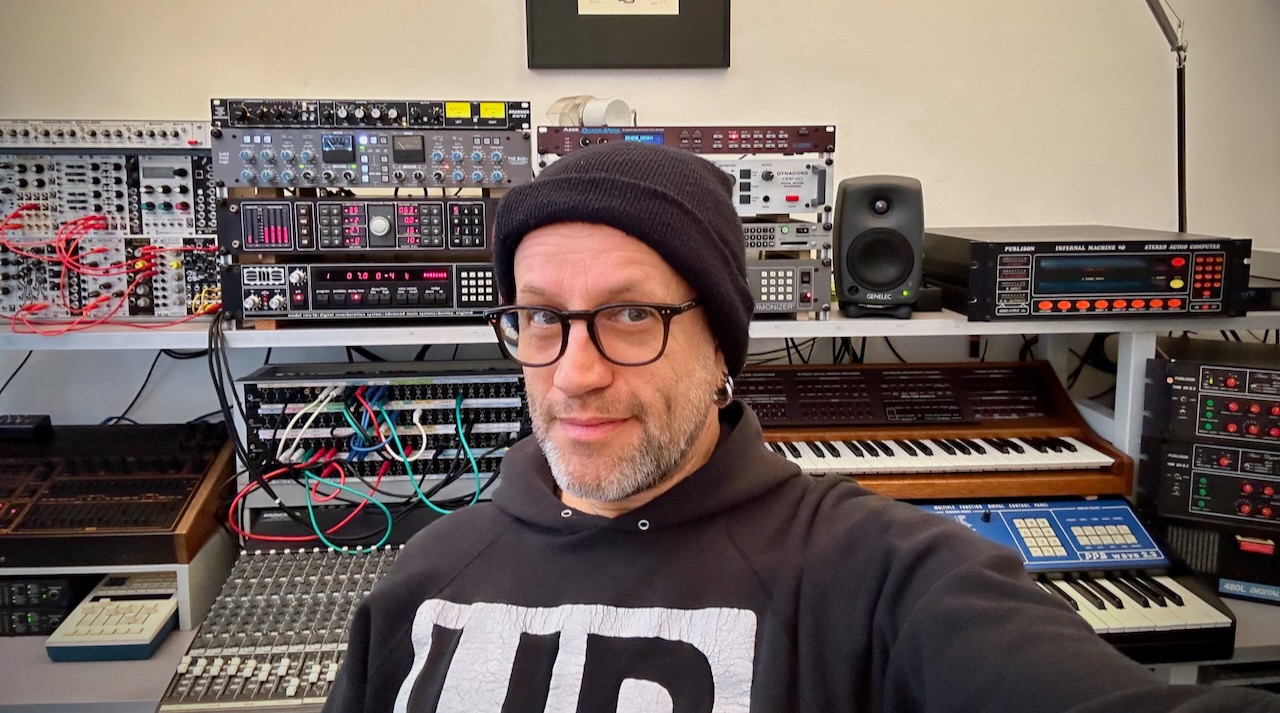
There was a time when a big electronic studio seemed to be a promise. Now it feels more like a burden, a dinosaur, something that that might even inhibit creativity. What went wrong?
I love instruments. I am involved in making a very complex ever growing instrument, Ableton Live. I build my own hardware instruments and write my own software. I own a small collection of electronic musical instruments which I acquired over the last three decades.
Last year I did release an album entitled 'Studio'. And yet, something is off, something does not add up. Doubts are creeping in, observations of my own habits and of what goes on in the world of music, structure and sound made me question my workflow, my desire to own more of that stuff, my way of actually creating.
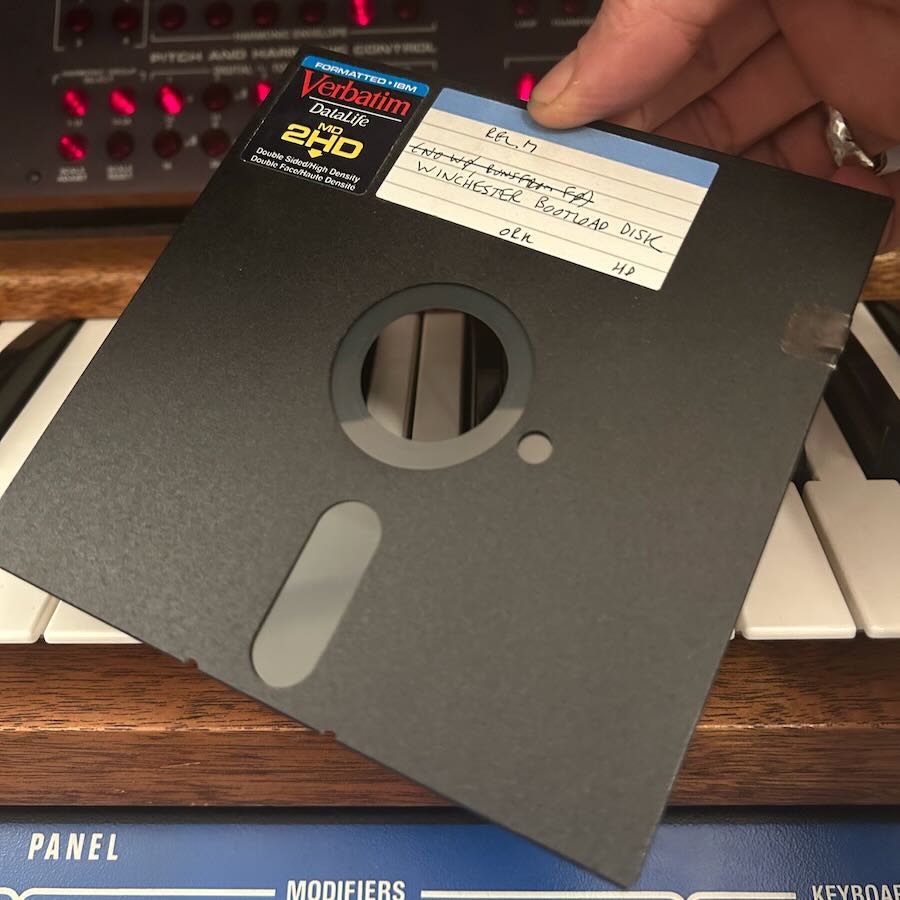
I got interested in electronic music in the early 1980s. At that time, creating a complex sound was a technically demanding task, and the only way to achieve massive layers of vivid and varied sound was using a lot of very dedicated tools - synthesisers, drum computers, effects, mixing desks and so on. The same was true for the creation of structure. Sequencing was a challenge, tackled with specialised hardware and custom software.
Every time a new technology got condensed into something affordable, it offered a new world of expression. Every new synthesiser was a promise of a new era of sonic freedom. Sampling, FM synthesis, MIDI, physical modelling, granular synthesis, spectral re-synthesis, all that had an enormous impact on composition and performance of music.
It seemed natural to buy all those tools if possible. After all, I want to express myself in this field.
But something has changed. Time did pass by, and art did develop further. When listening to the soundtrack of my youth, Tangerine Dream, I still admire the complex modular step sequencing, the Mellotron choir and the crystalline PPG stabs.
Yet, this is old, it has been done with great excellence more than forty years ago.
Do I want to do the same thing using the same technology now?
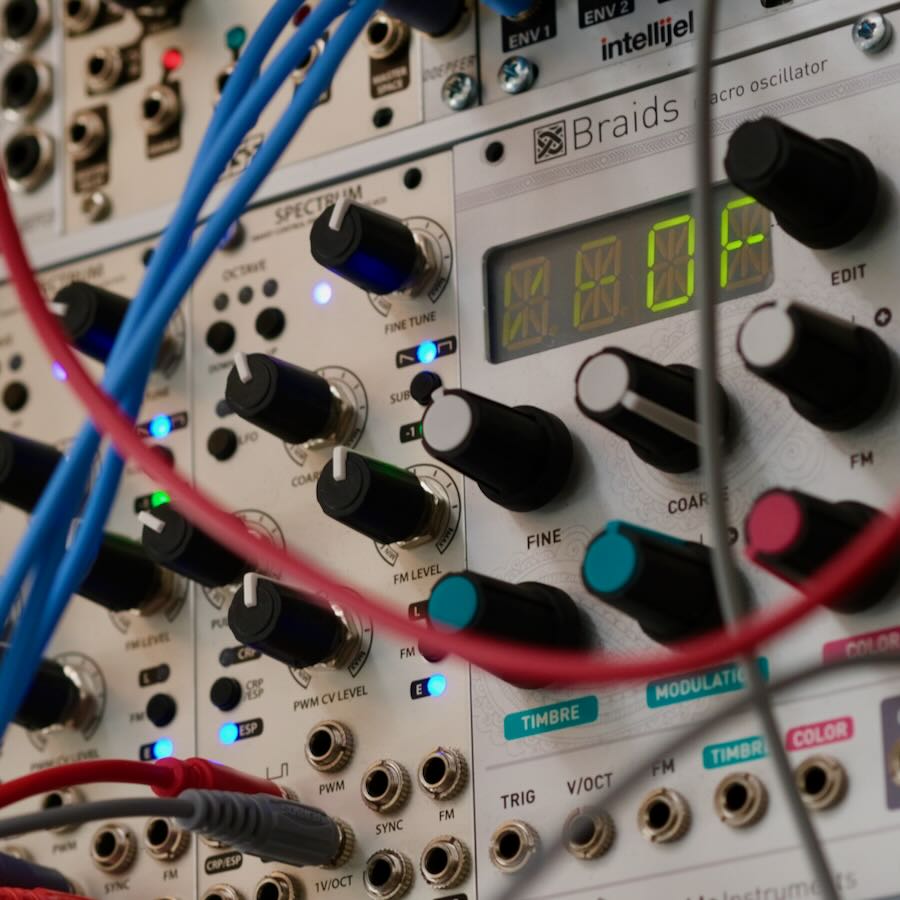
When listening to music these days, what grabs my attention is structure, is complex rhythm, is interesting juxtapositions and is the overall shape and intention. What makes me listen multiple times is something special going on with the sound, something that I cannot immediately pin down to a specific tool or method.
Or, something that I can exactly understand, but would have never thought of doing myself.

Does it matter if the sound has been created with a TR-808 serial number 001 or with a clone, or with a sample in your DAW? Does it matter if it ran through five vintage hardware compressors and a tube EQ? Or is it more important where in the beat, where in the composition which of these sounds appear? And is it better to run your synth through a big analog desk than being able to chain ten interesting audio effects and add automation for each parameter, ready to be reproduced perfectly in five years by simply open a single file on your laptop?
When I have curious nerdy guests, I turn on the big Synclavier tower, I explain the architecture of the system and why this was insane back in the 1980s. I show them the LP-sized 4MB memory cards, that back in the days did cost much more than the current rent for my apartment - per year. And yes, it sounds amazing. Being able to transpose a sample by several octaves, playing something and recording it into memory, playing it back and layering another sound with just a few button presses is fantastic. It is still inspiring to do this, and sometimes I record the result into my DAW and then things become interesting.
Despite the emotional value, and despite the ritual of booting an old mainframe computer system, objectively the results could be achieved with any software sampler and some bit crusher / downsampling plugin. And with an abundance of more options to transform the sample. Ultimately, the big old machine is just making the process slower. There might be some merits to this, some highlighted focus on the result, which informs what to do with it next, but does it justify spending all the effort and money to keep such a vintage system alive? I am not so sure.
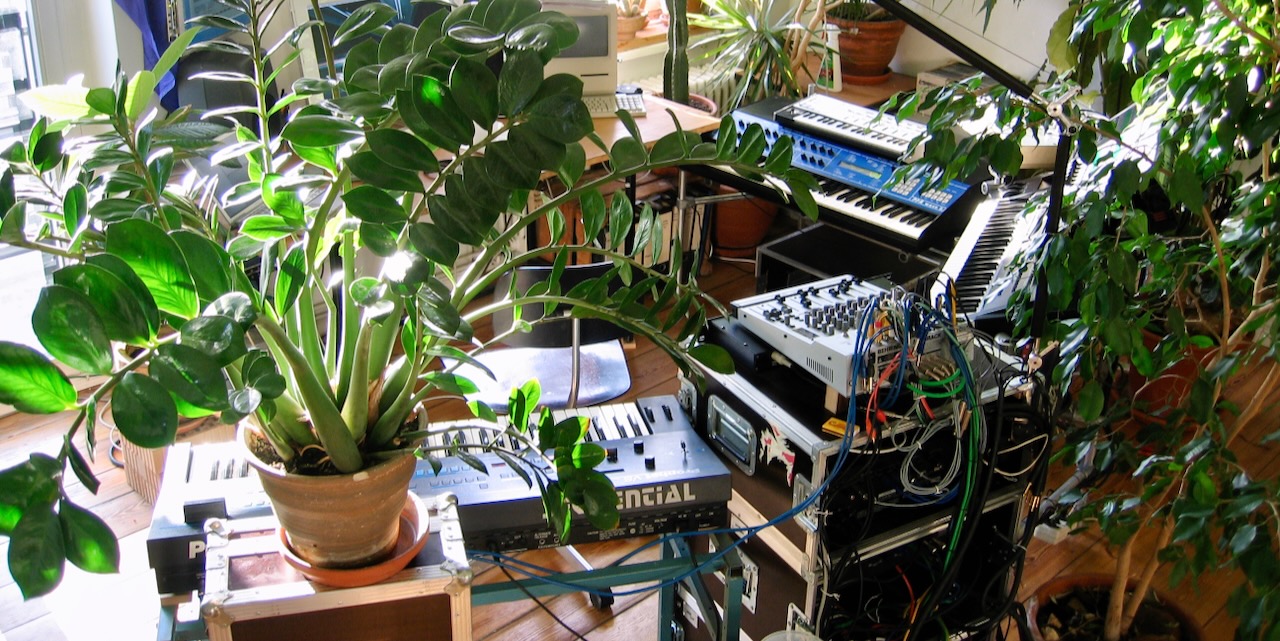
A year ago or so I bought a very nice new compressor. I was never a friend of compression, I always found it nice if there is space between sounds. But with this one, I finally 'got it'. I played my Linn Drum through it, another piece of gear that makes me happy when I look at it and when I sequence a rhythm in it, but ultimately I always end up taking the groove apart in Live afterwards and reconstructing it. Means I could have done it with my already recorded Linn Drum samples and potentially do much more interesting stuff with it, like applying time stretch, granular, spectral processing etc to them. Anyway, I finally got results using compression which I really enjoyed. There was more punch and groove, it was a true eye opener.
Finally! Compression works!
The irony came later. I learned how to make compression something I like to use. I learned it from that hardware unit. And then I ended up not using it even once on a recording. Instead, with my new knowledge and sensibility for the topic, I am simply using Live's own compressor to achieve the same result.
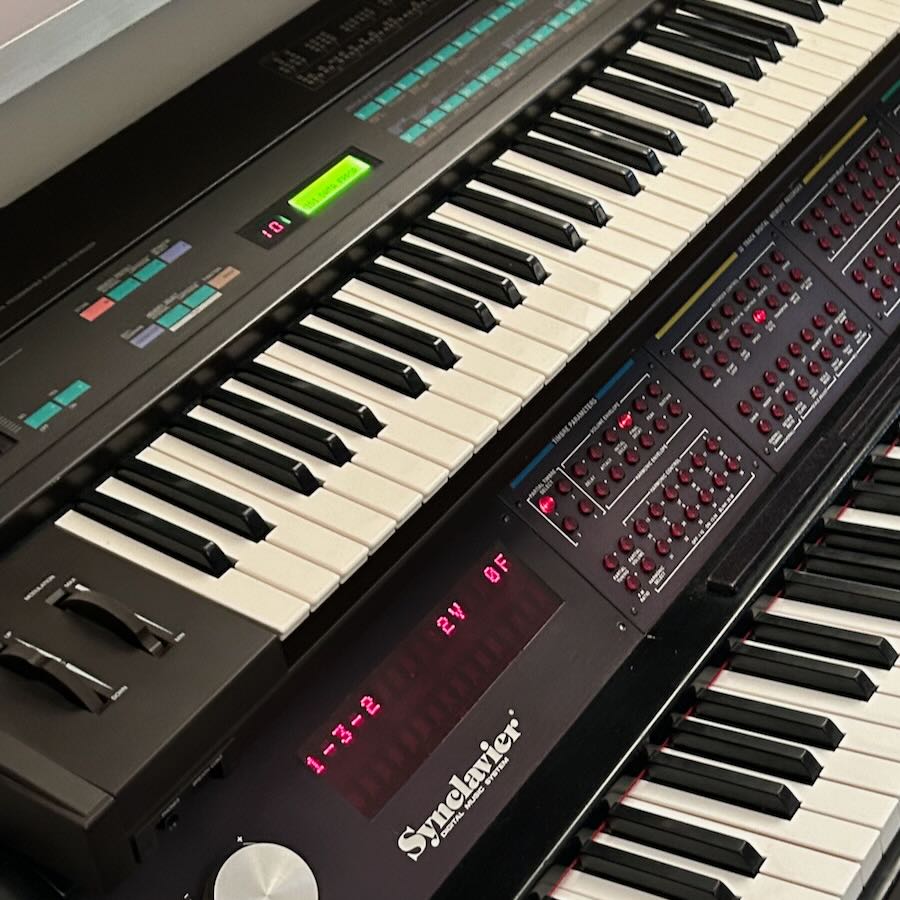
If I would be honest with myself, I could sell the hardware. The less things you have in your studio, the less time you spend going in the wrong direction.
Some of the artists I admire the most have studios that fit in a backpack.
I am not there yet, those old machines mean too much to me, I am from that generation. But do I need to buy another analog digital modular whatever machine? Another subtractive synth from the past or present just to create another variation of a short 'bing' ?
No. It will not help my music. It will do the opposite, it will eat up my time. Time that is better spent thinking about meter, rhythm, harmony, groove, timbre. I am looking for ways to achieve new things with either the tools I have, or by downloading a demo of a promising new software and if it is not appealing enough, I delete it.
I won't sell my old machines. The belong to me, my musical history, they make me happy when I see them. I had the wonderful opportunity to meet personally or via email with many of the original creators; Dave Smith, which I really miss as a friend, Tom Oberheim, Wolfgang Palm, Roger Linn, Cameron Jones, John Chowning and many more. When playing their instruments I can relate these magical machines to the inventors behind them. As an instrument builder myself I understand very well their struggles and moments of joy. The machines they brought to the world reflect their desire to push boundaries, their visionary mindsets, but also their personal preferences and artist-engineering choices.
But I don't want to re-enact the 1980s. I want to find my personal expression with what I have, informed by all the cultural input of the present. I do not have a shortage of interesting sounds at hand. I do not have a shortage of tools to create and manipulate structure. The true artistic limits are not the tools anymore when making music, or create audiovisual art, it is ones own imagination. The question is not what tools to buy, it is rather what to make with all the tools we have and how to create personal expression with them.
Buying more machines will not help me finding answers or developing my art further. Listening to my peers, re-reading my own thoughts and ideas in my old-school paper based little notebooks, exploring new techniques of composition and revisiting sketches on my laptop will do.
Less is more. There is so much still to discover.
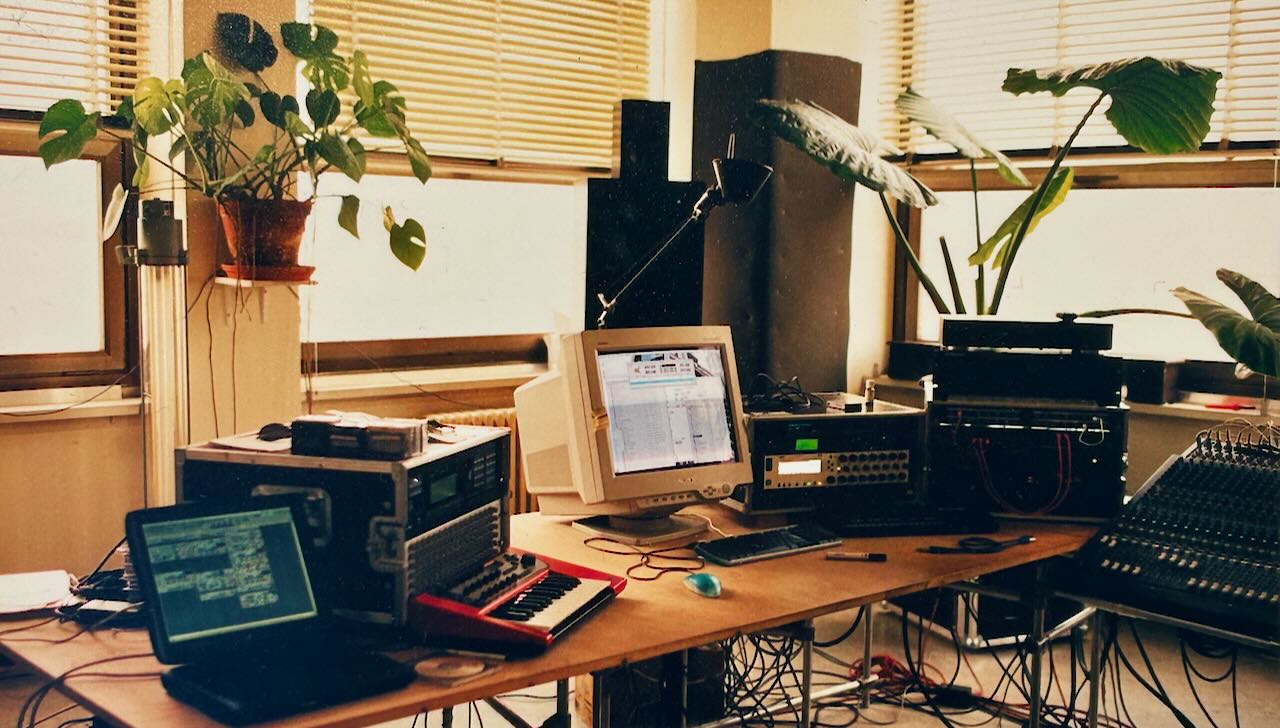
Photos on this page are from old and current 'studio' spaces.